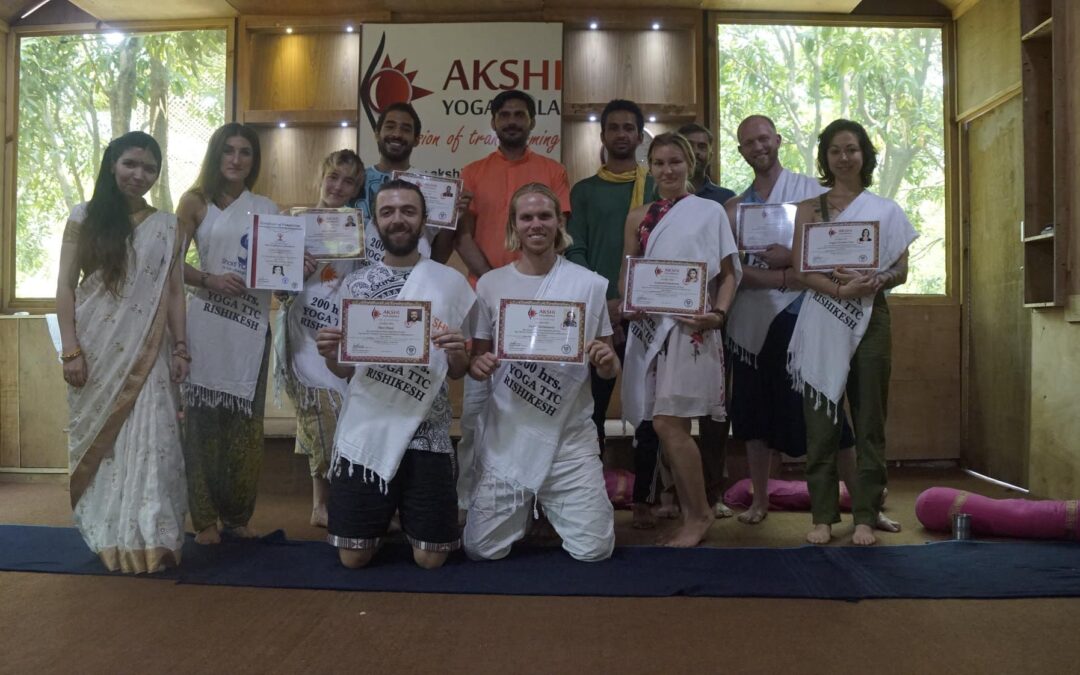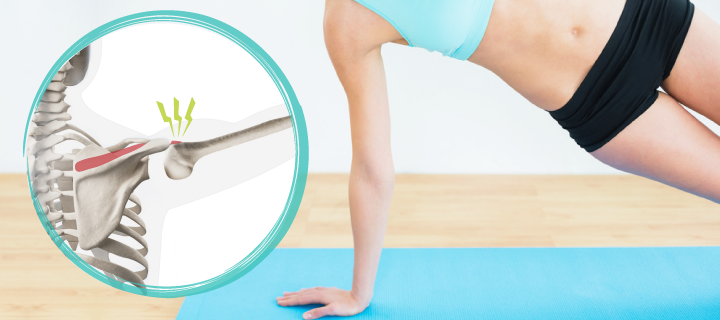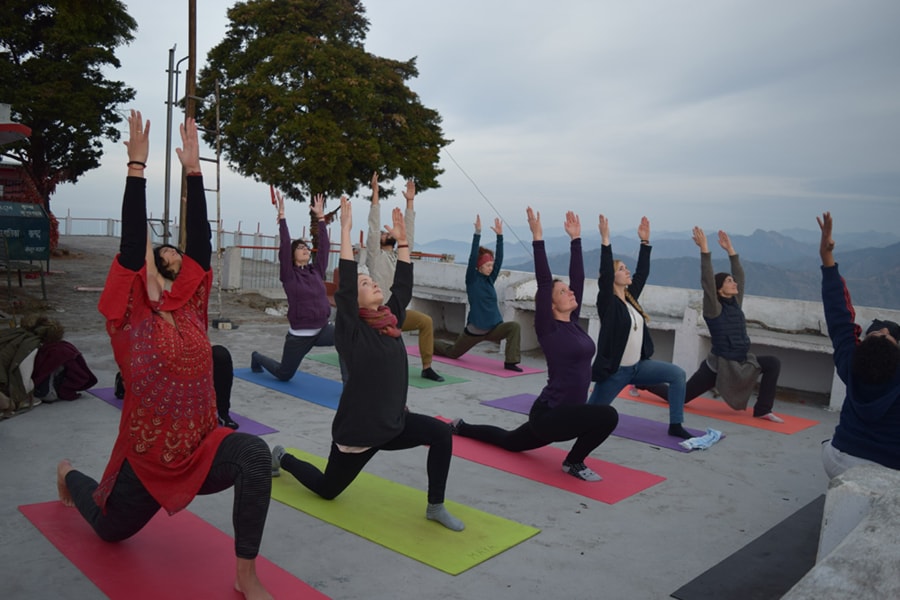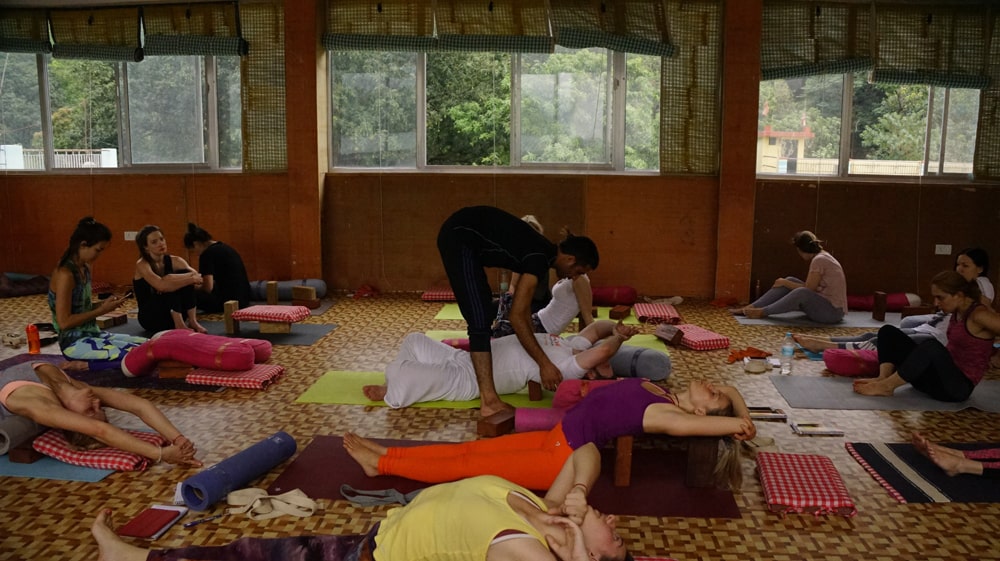
by admin | Sep 17, 2023 | Blog, hatha yoga, yoga teacher training course, Yoga Tips
Migraines can be incredibly debilitating, causing intense headaches, nausea, and sensory sensitivity. While medication is often a go-to solution, many people seek alternative methods to alleviate their migraine symptoms. Yoga, with its holistic approach to health and...

by admin | May 3, 2022 | Blog, yoga teacher training course, Yoga Tips
The yoga teacher training course is a life changing experience. If you are sure you want to take a yoga teacher training course, the best place to start is with the Basic 200 Hour Yoga Teacher Training Course. This is an intensive course that requires your physical...

by admin | Feb 9, 2019 | Blog, Yoga Tips
How to Use Yoga for Shoulder Pain, Stretches for shoulder pain: Yoga is an ancient practice whose objective is to take the human body to a state of balance. Within the human body there are also other subtle energies such as the mental body, the emotional and the...

by admin | Jan 21, 2019 | Yoga Tips
Because Yoga is a whole life journey and also a discipline, it is not only about performing asanas or postures. The full Yoga practice is a concept which the goal is the purification of the body and mind in parallel. Such purification brings us harmonic balance...

by admin | Dec 10, 2018 | Meditation, Yoga Tips
A Yoga Teacher is a learner as well, an educator who is always striving for more knowledge and gaining new skills to bring improvements in his curriculum and impart better lessons. He goes beyond the conventional ways to add versatility to his existing format and...






